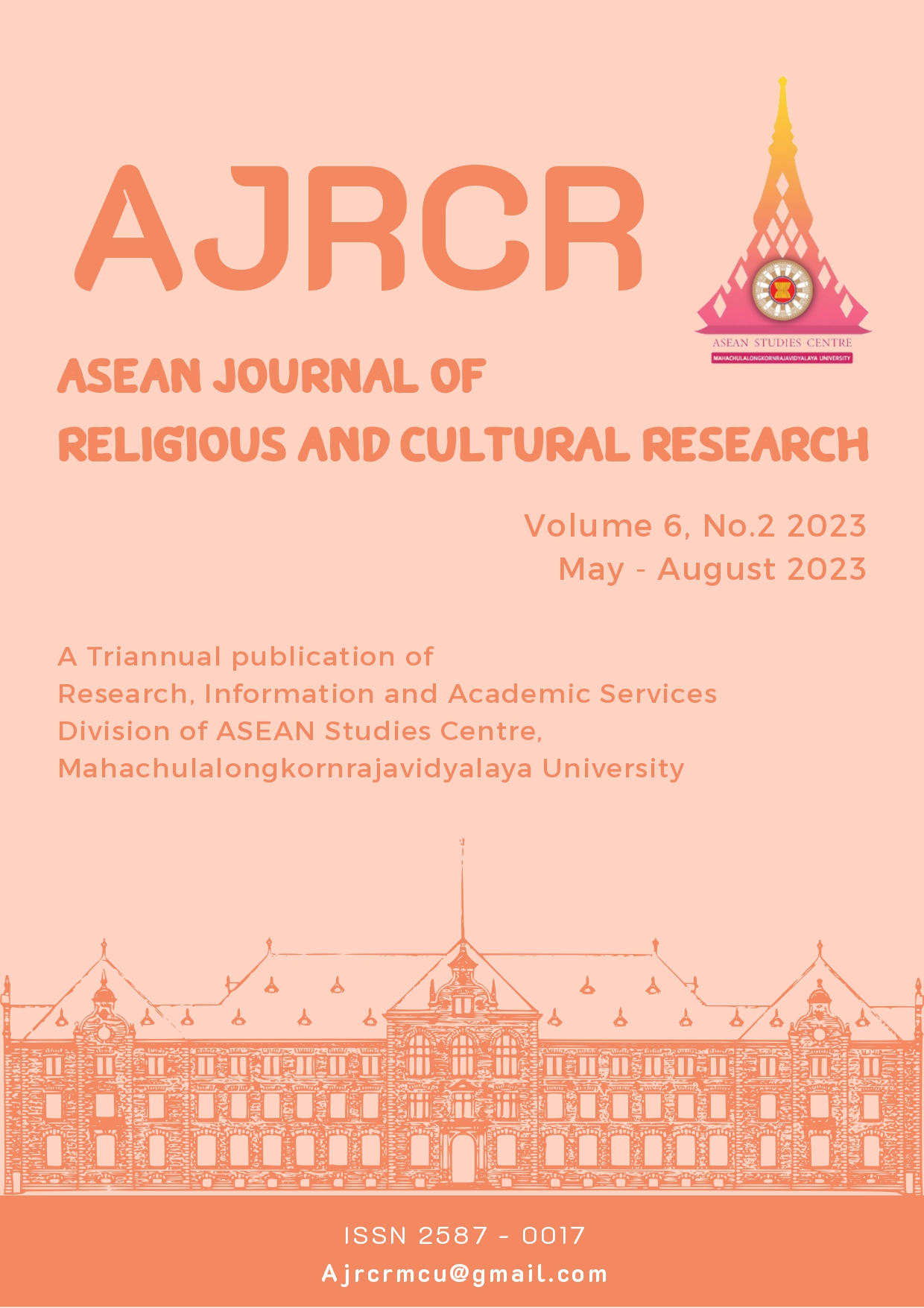Strategic Management according to the Vuḍḍhidhamma IV Principles for Schools in the VUCA World Era
Abstract
This article is a presentation of strategic management according to the Vuḍḍhidhamma IV Principles for schools in the VUCA World era, which is a school administration path that is aware of the changes. The progress of the world of volatility, uncertainly, complexity and ambiguity caused by rapid changes of technology and environment that affect the way of life, society, economy, politics and education. If the educational institutions understand the changes whether in crisis situation or not, especially in crisis, it is the more sustainable education development opportunities due to the birth of many new knowledges and sciences that can be used for solving problems appropriately and effectively based on morality and ethics by the process of strategic management on 4 important steps that consists of: 1) Plan, 2) DO, 3) Check, and 4) Act, that can be integrated with a Buddhism principle, namely the Vuḍḍhidhamma IV Principles (virtues conducive to growth) that consists of: 1) Sappurisaṁseva: associating with the literati, 2) Saddhammassavana: listening to the good teaching, 3) Yonisomanasikāra : considering and pondering ingeniously, 4)Dhammānudhammapaṭipatti : Practicing in perfect conformity to the Dhamma or to the principles: practice correctly and appropriately for the development of the educational institutions, adjust and change the learning management methods to bring prosperity and create students to have important and necessary skills and capabilities for adapting themselves to the global society that changes rapidly, being volatility, uncertainly, complexity and ambiguity, and to be ready to confront with the current and the future changes.






